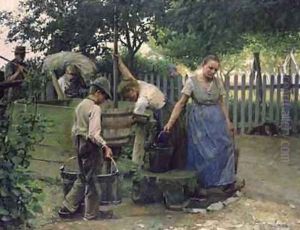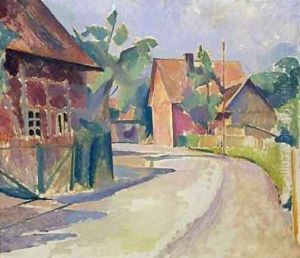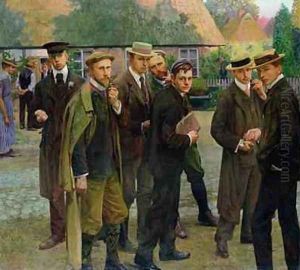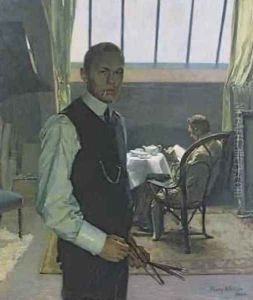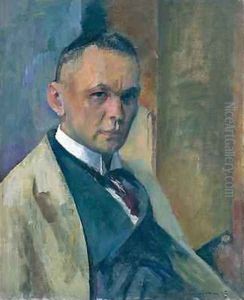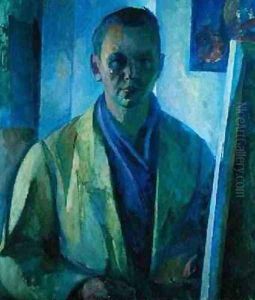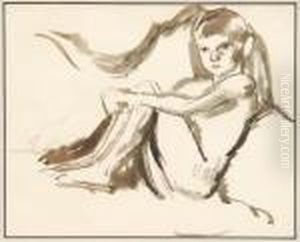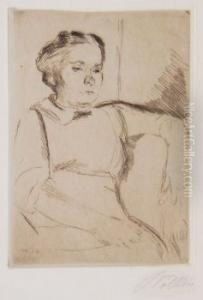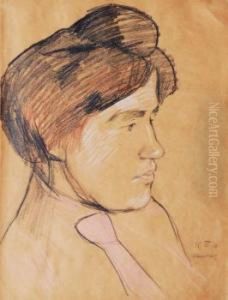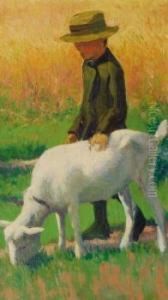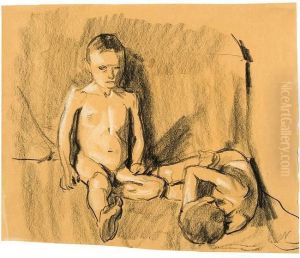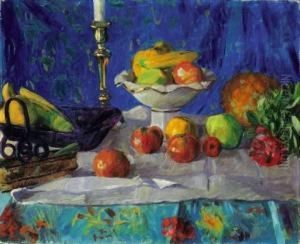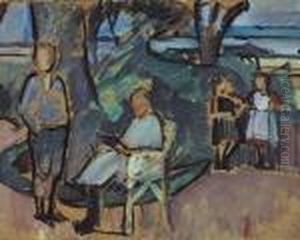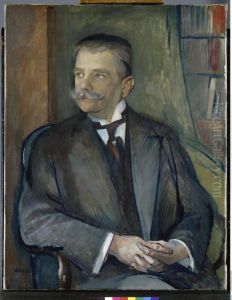Franz Nolken Paintings
Franz Nolken was a German artist born on November 4, 1884, in Hamburg, Germany. His art is often associated with the early 20th-century German Expressionist movement, although his body of work also exhibits elements of Impressionism. Nolken's artistic journey began at a young age, leading him to study at various prestigious art institutions. Among these, he studied at the Weimar Saxon-Grand Ducal Art School under the tutelage of Albin Egger-Lienz, and later, he was influenced by the teachings of Christian Rohlfs.
Nolken's work is characterized by bold colors, dynamic compositions, and an emotional depth that sought to transcend the visible and capture the essence of his subjects. His subjects varied widely, including landscapes, portraits, and urban scenes, each marked by a distinct intensity and a unique blend of styles. Despite his alignment with Expressionism, Nolken maintained a level of independence in his art, experimenting with form and color in ways that set his work apart from his contemporaries.
In 1913, Nolken became a member of the Hamburg Secession, a group of artists who sought to break away from traditional art forms and promote avant-garde styles. His involvement with the group connected him with other influential artists of the time and contributed to the development of his style. However, Nolken's promising career was cut short by World War I. He volunteered for military service and tragically died in battle on November 26, 1918, just days after the armistice.
Franz Nolken's legacy is that of a talented artist whose life and career were tragically shortened by war. His contributions to German Expressionism, though limited in quantity due to his early death, are valued for their emotional intensity and innovative approach to form and color. Today, his works are preserved in various art collections and museums, serving as a testament to his artistic vision and the turbulent times in which he lived.
